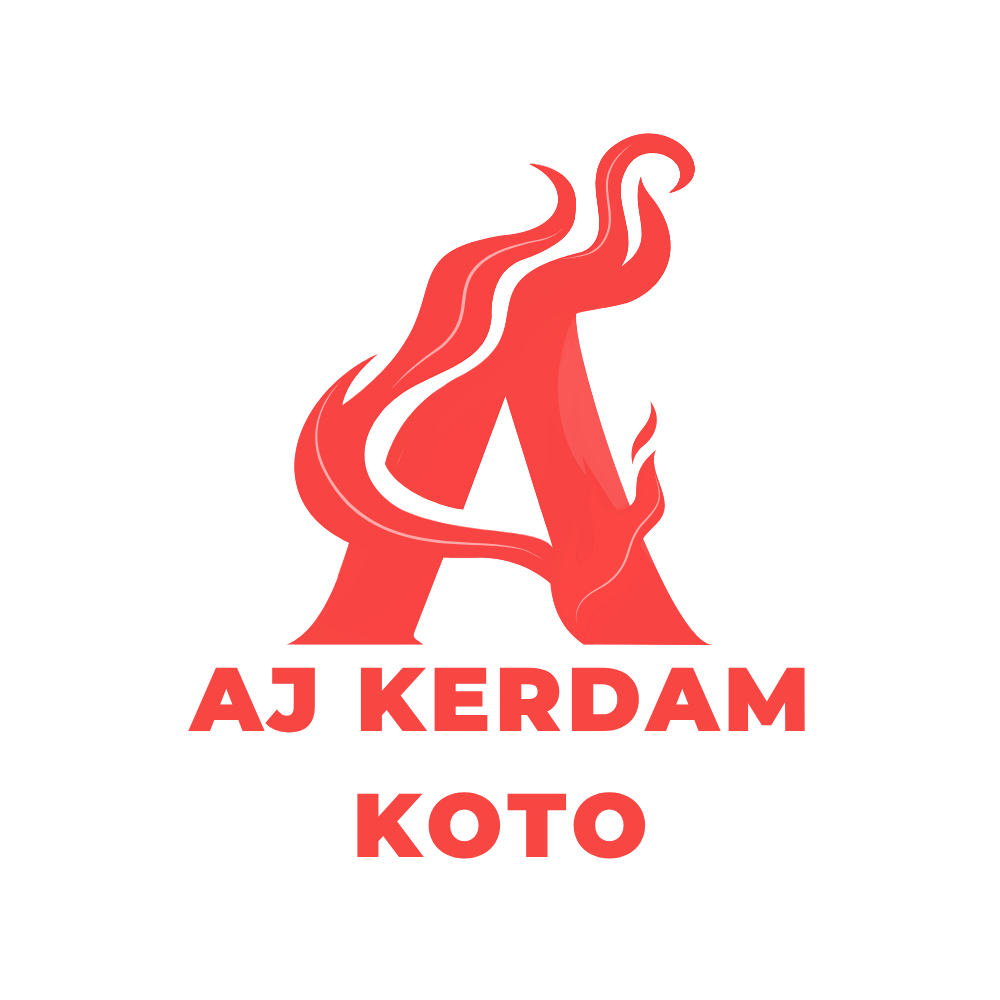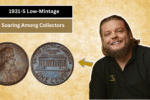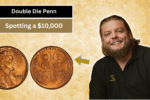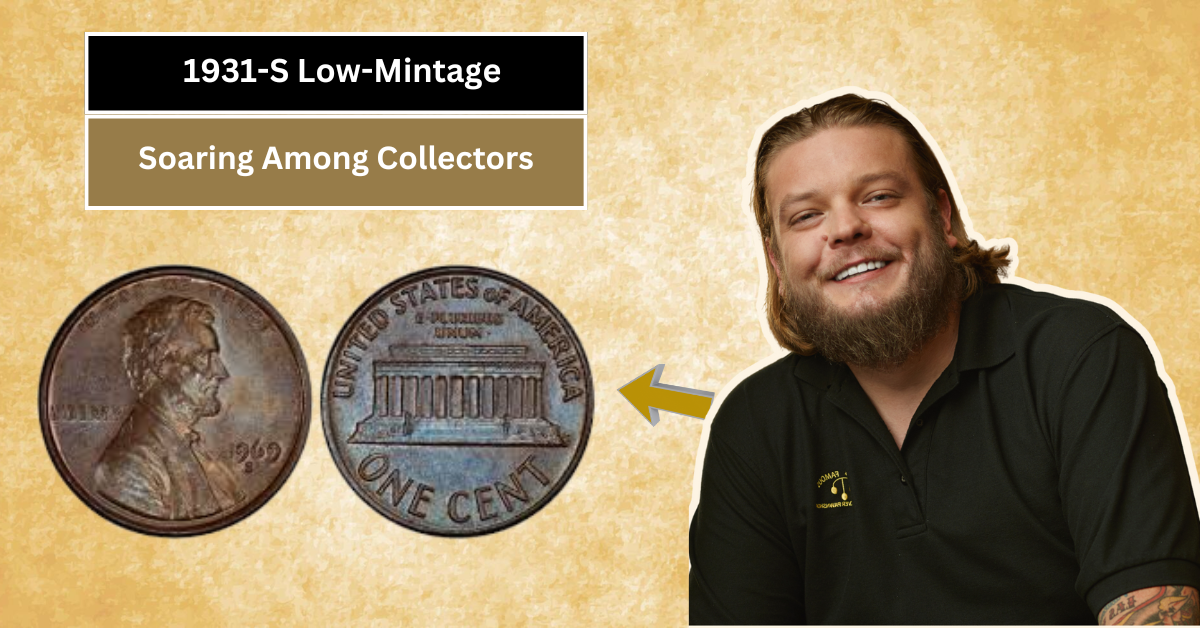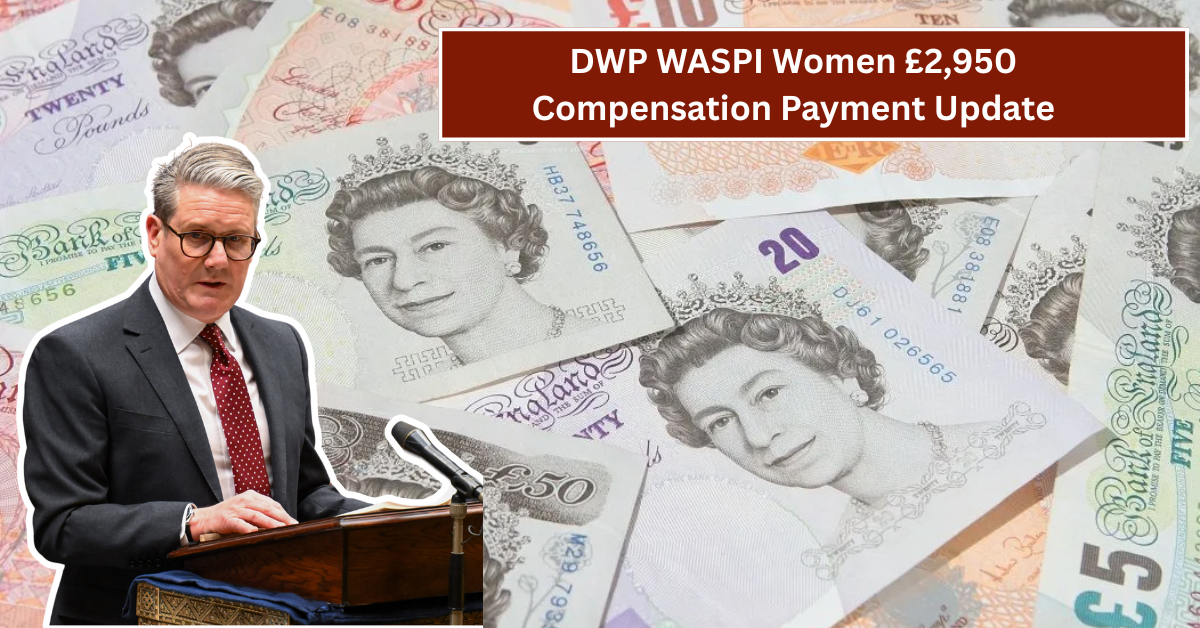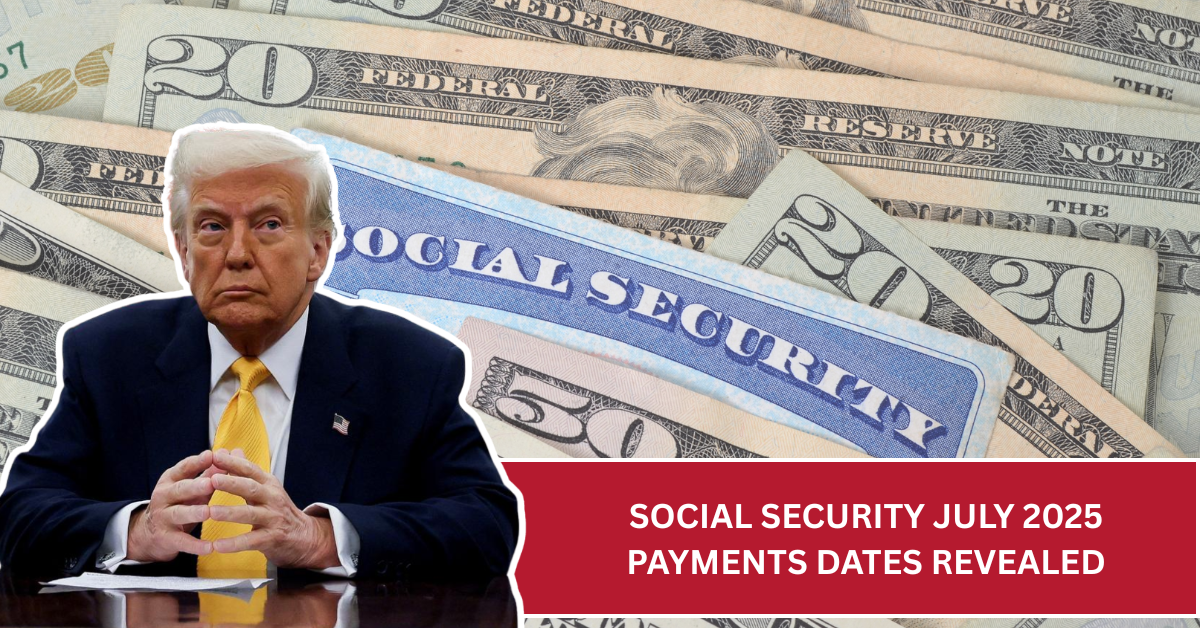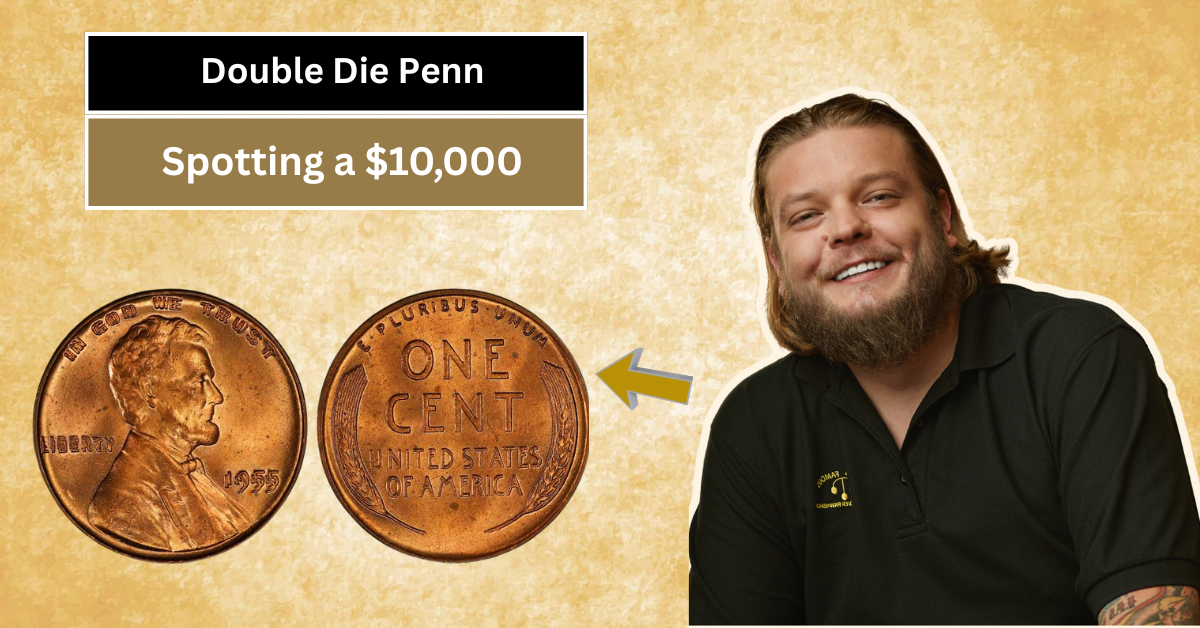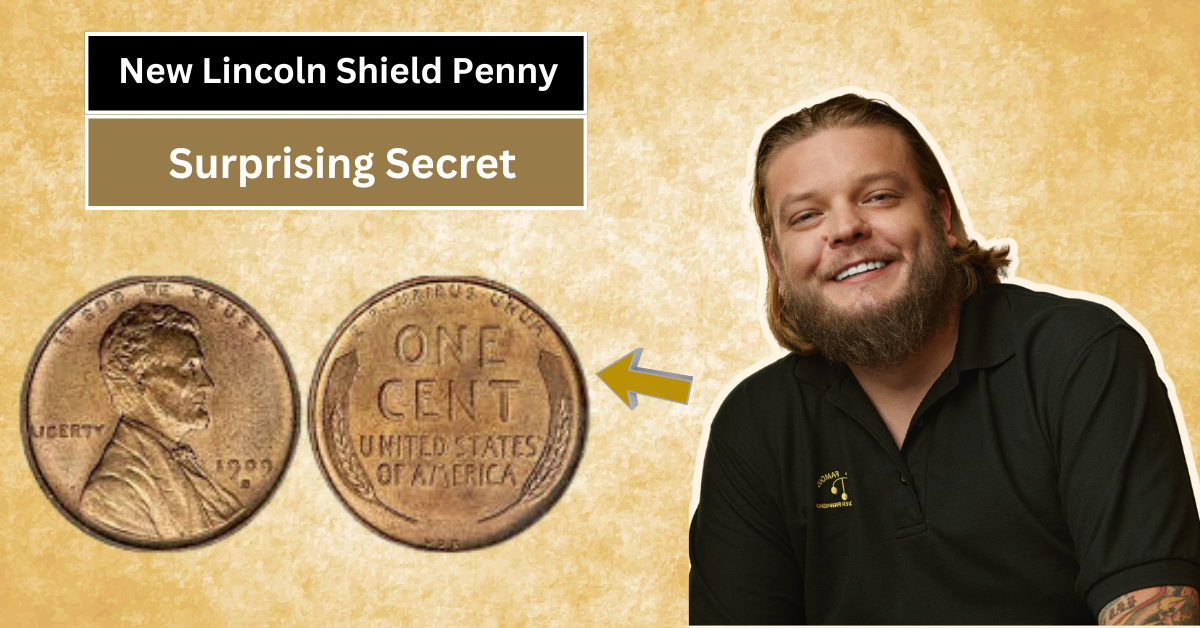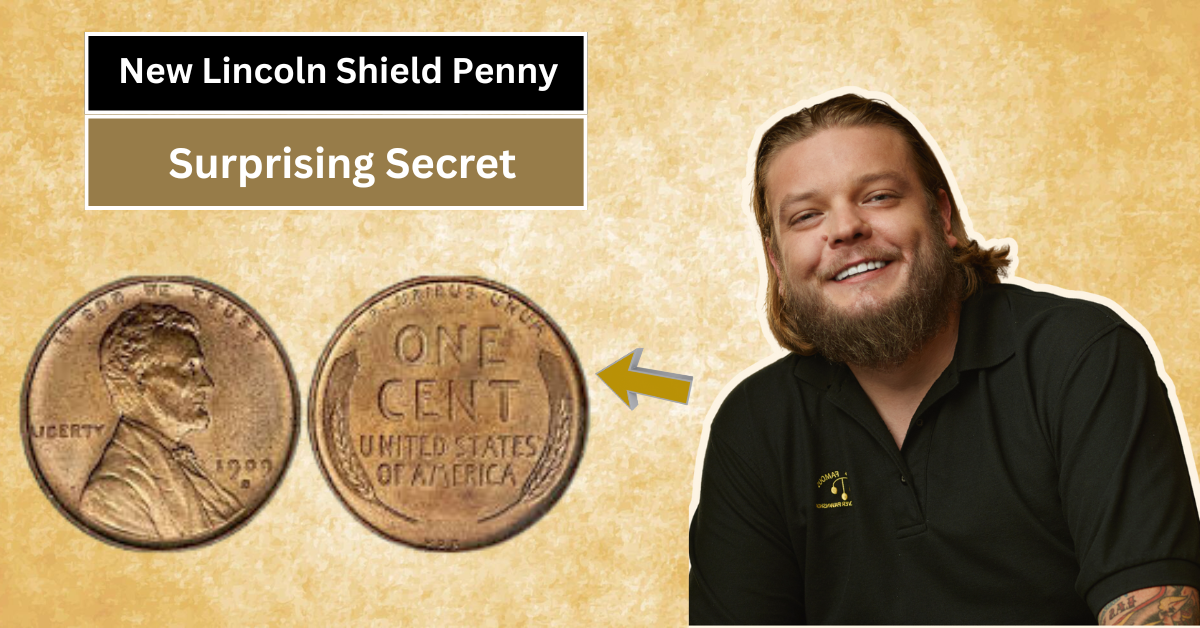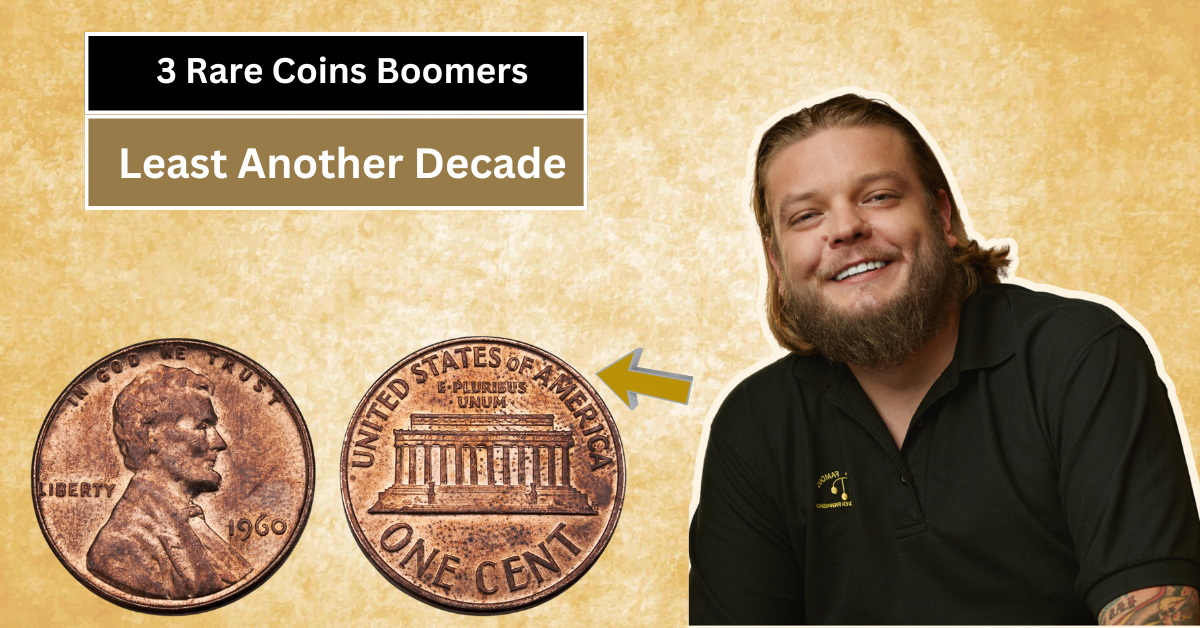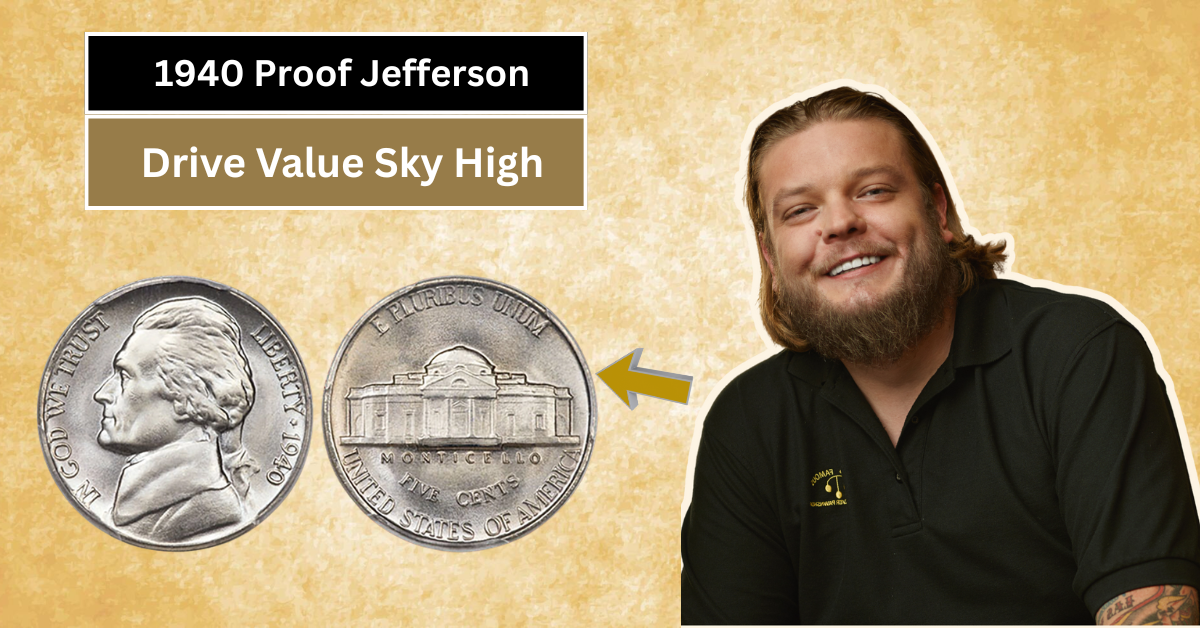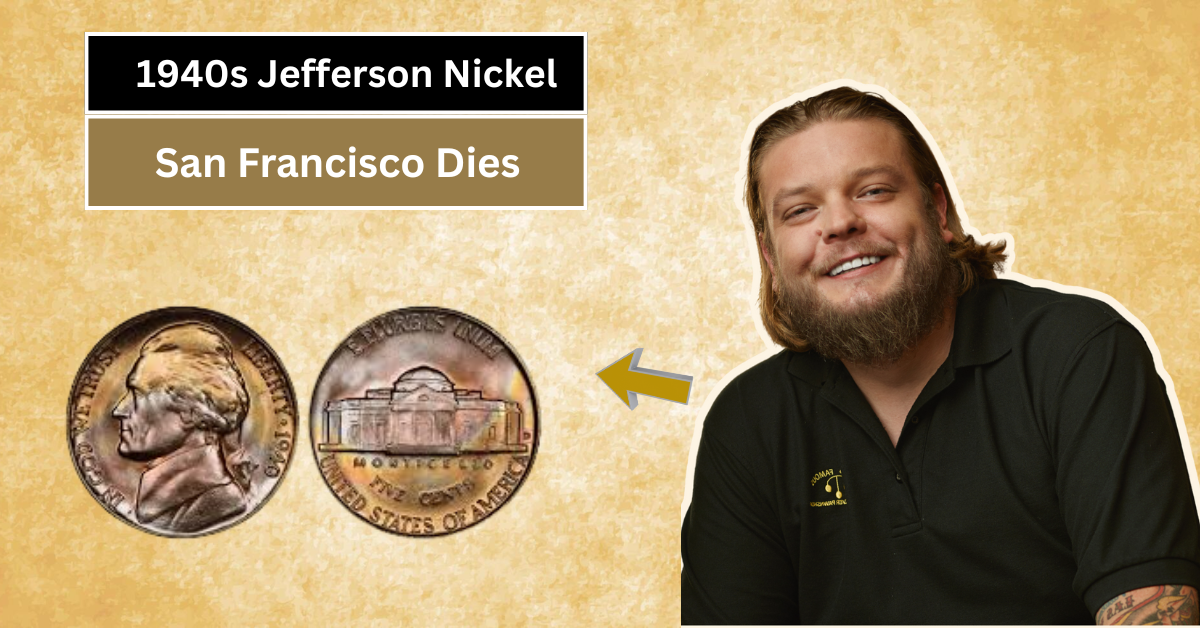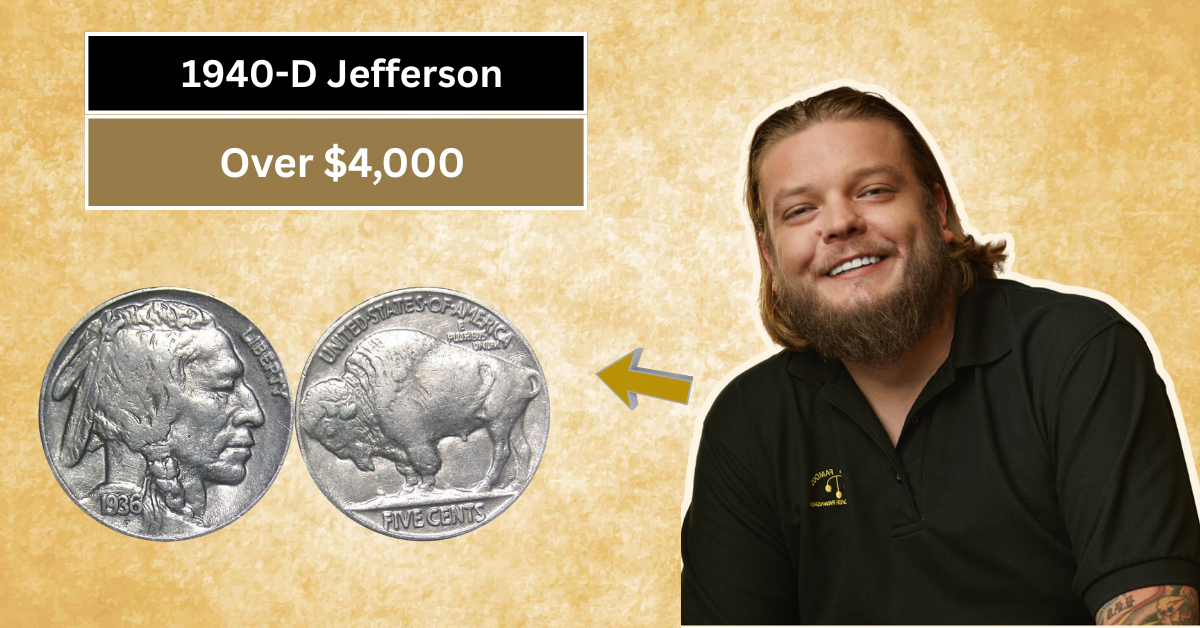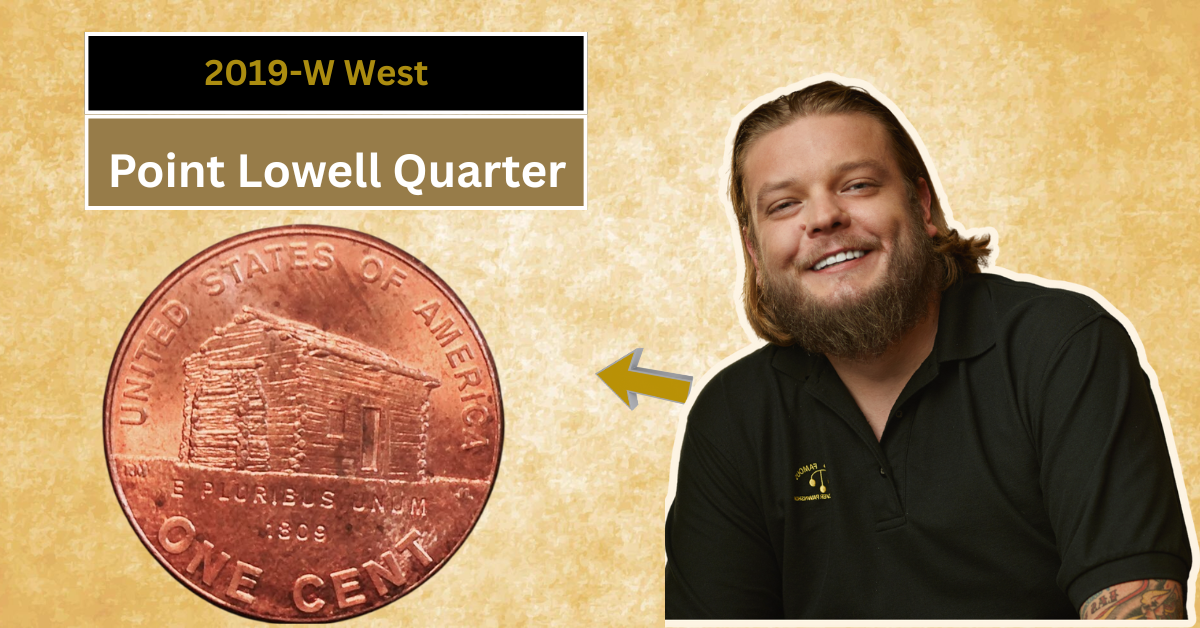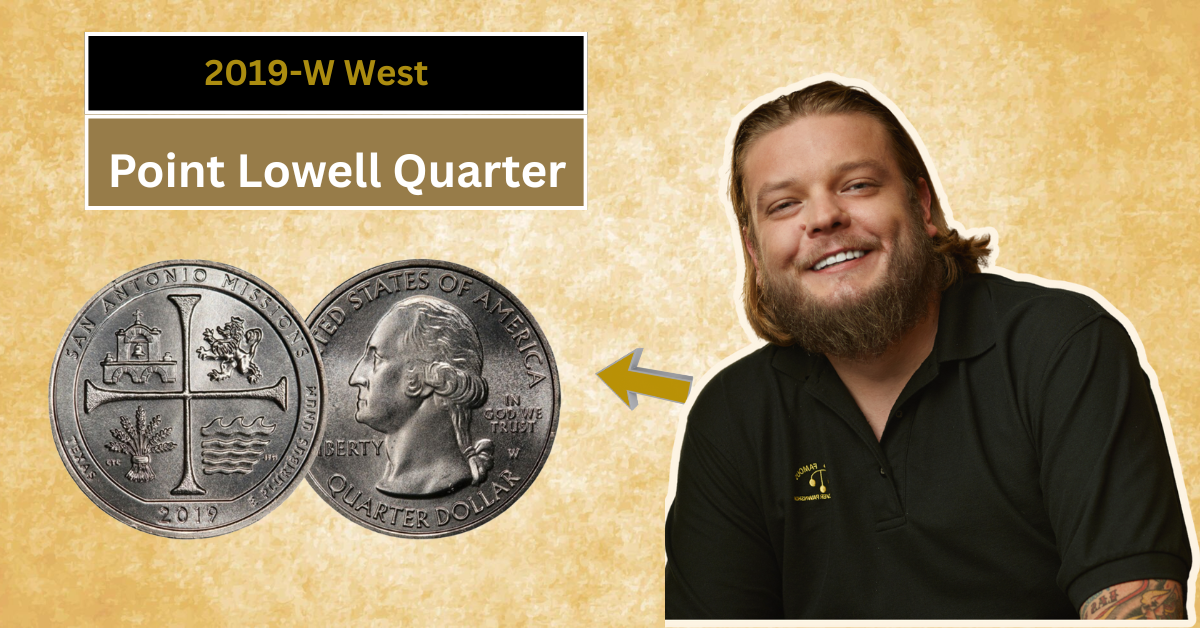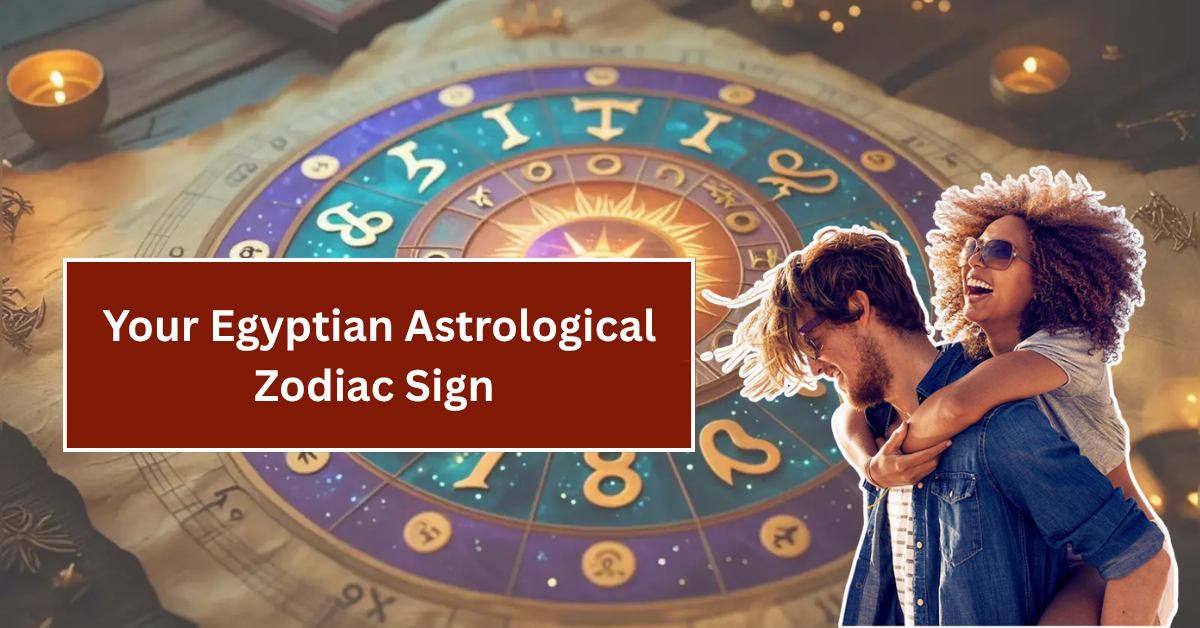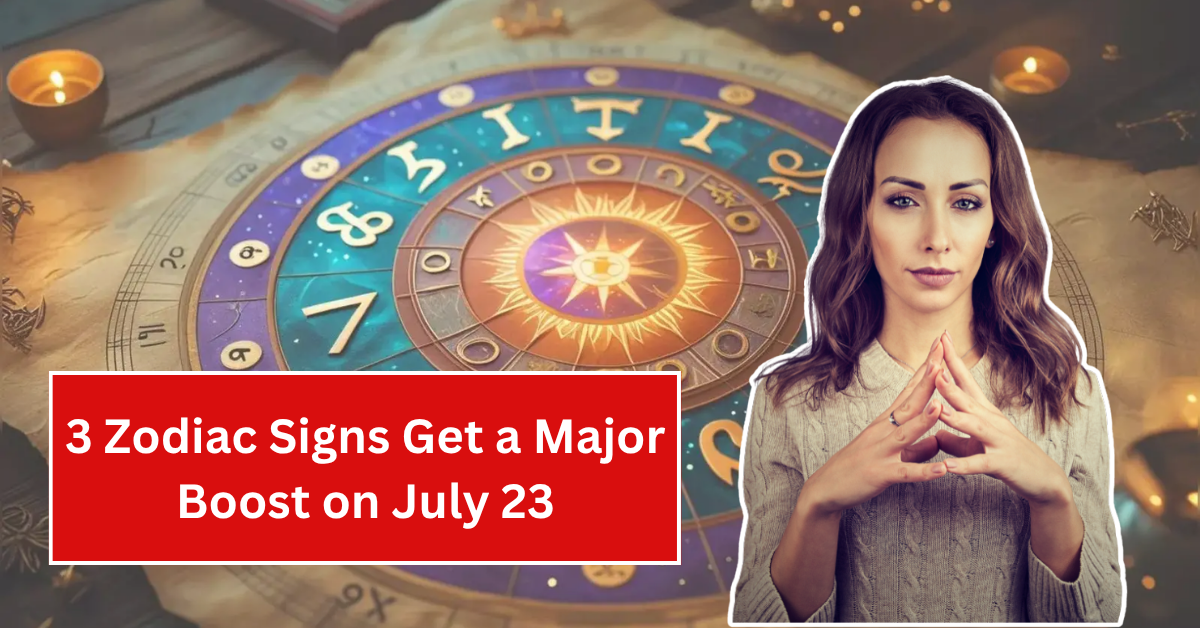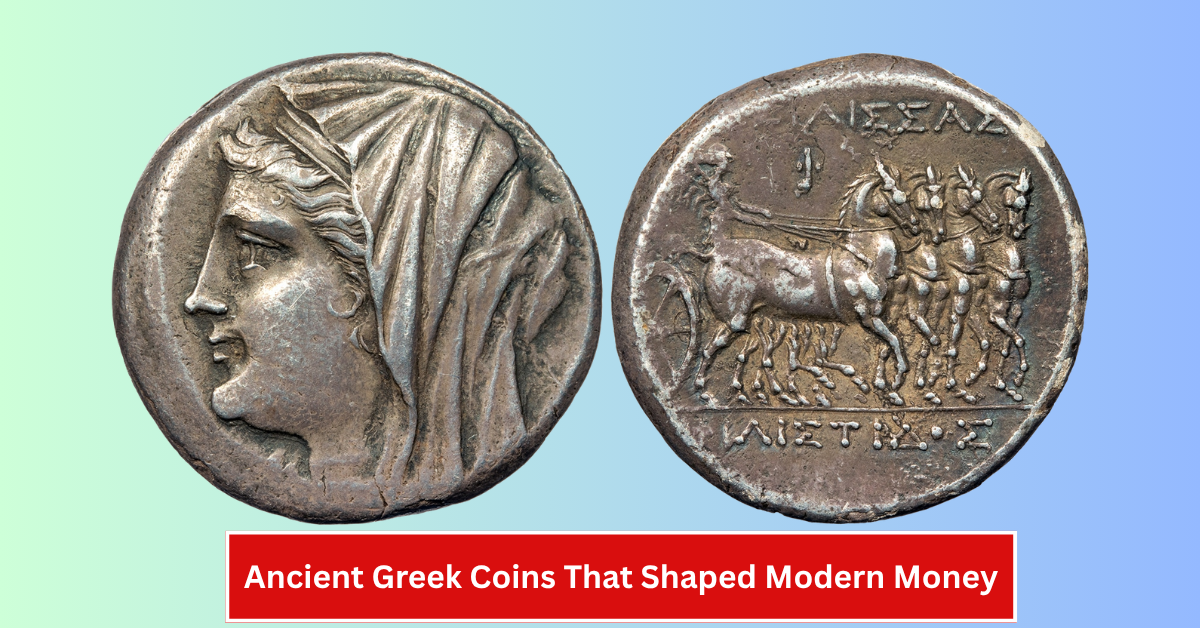
Coins have been part of human history for thousands of years. Ancient Greek coins are especially famous because they were not only used for trade but also showcased amazing art and culture. Many of these coins have influenced the design and symbolism of modern currencies around the world.
In this article, we will explore eight important Ancient Greek coins, including the famous Athenian owl and Corinthian Pegasus. By learning about these coins, you will understand how Greece’s rich history still shapes the money we use today.
The Athenian Owl: A Symbol of Wisdom and Strength
This Article Includes
- 1 The Athenian Owl: A Symbol of Wisdom and Strength
- 2 The Corinthian Pegasus: Flying Myth and Power
- 3 The Delian Lion: A Mark of Bravery
- 4 The Syracusan Tetradrachm: A Masterpiece of Ancient Art
- 5 The Rhodes Sun: Shining Light on Unity
- 6 The Aegina Turtle: Trade and Protection at Sea
- 7 The Macedonian Star: Guiding the People
- 8 The Thracian Horseman: A Warrior’s Legacy
- 9 How Ancient Greek Coins Inspired Modern Currency Designs
The Athenian owl is one of the most recognizable ancient coin designs. It comes from Athens, the powerful city-state known for wisdom and democracy. The owl represents Athena, the goddess of wisdom, which made the coin trustworthy and valuable in trade.
Even today, the owl symbol is used in various modern currencies and logos, reminding us of knowledge and protection. The simple but striking design set a standard for coins worldwide.
The Corinthian Pegasus: Flying Myth and Power
The Corinthian Pegasus, a winged horse from Greek mythology, appears on coins from Corinth. This mythical creature symbolized speed, freedom, and strength, qualities admired by the Greeks.
Its image on coins inspired many modern coins and medals that use animals or mythical creatures to show power and victory. The Pegasus on coins is a great example of how stories influenced currency art.
The Delian Lion: A Mark of Bravery
The island of Delos used coins featuring a lion’s head, symbolizing courage and protection. Lions on coins represented power and were believed to protect the community’s wealth.
Modern coins and national emblems often borrow the lion motif to highlight bravery and leadership, showing the deep roots of this design.
The Syracusan Tetradrachm: A Masterpiece of Ancient Art
Coins from Syracuse, like the tetradrachm, are famous for their incredible detail and beauty. They often showed the goddess Arethusa surrounded by dolphins, symbolizing the sea and prosperity.
This attention to fine design influenced modern coin minting techniques and the idea of using detailed imagery to reflect national pride.
The Rhodes Sun: Shining Light on Unity
The island of Rhodes featured a radiant sun on their coins, symbolizing light, life, and unity. The sun was a powerful icon representing hope and growth during ancient times.
Modern currencies use sun motifs to represent energy and progress, drawing inspiration directly from coins like those of Rhodes.
The Aegina Turtle: Trade and Protection at Sea
The Aegina coins displayed a turtle, highlighting the island’s strong connection to the sea and trade routes. Turtles symbolized safety and longevity for sailors and merchants.
Today, such animal motifs on coins remind us of the importance of commerce and protection, themes still relevant for modern economies.
The Macedonian Star: Guiding the People
The star symbol on Macedonian coins represented guidance and divine favor. Stars in ancient coinage were used to inspire trust and hope among citizens during uncertain times.
Modern currencies also use stars to symbolize unity, hope, and direction, showing how ancient ideas persist in money design.
The Thracian Horseman: A Warrior’s Legacy
The Thracian Horseman appeared on coins as a warrior figure, symbolizing strength and protection. This image connected the local people with their heroic past and the hope for safety.
Warrior and hero symbols remain popular on modern money and medals, honoring courage and sacrifice much like the Thracian Horseman once did.
How Ancient Greek Coins Inspired Modern Currency Designs
Ancient Greek coins were more than just money. Their beautiful designs, symbolism, and stories helped set the foundation for how money looks today. From animal symbols to gods and heroes, these ancient images influenced modern coin motifs across the world.
For younger people curious about history, ancient coins offer a fascinating window into the past, helping us understand the culture and values that still shape our world.
